Solemnity of All Saints – 1 November
All Saints Day is connected to the doctrine of The Communion of Saints. This is the Catholic teaching that all of God’s people, on heaven, earth and in Purgatory are spiritually connected and united. In other words, Catholic and Orthodox Christians believe that the saints of God, are just as alive, as those on earth and are constantly interceding on our behalf. Our connection with the saints in heaven is grounded in an eucharistic communion. Because of our common communion with and through Jesus Christ, our prayers are joined with the heavenly community of Christians. St Cyril of Jerusalem (315-387), testifies to this belief:
“We mention those who have fallen asleep, first the patriarchs, prophets, apostles and martyrs, that through their prayers and supplications God would receive our petition..”.(Catechetical Lecture 23:9).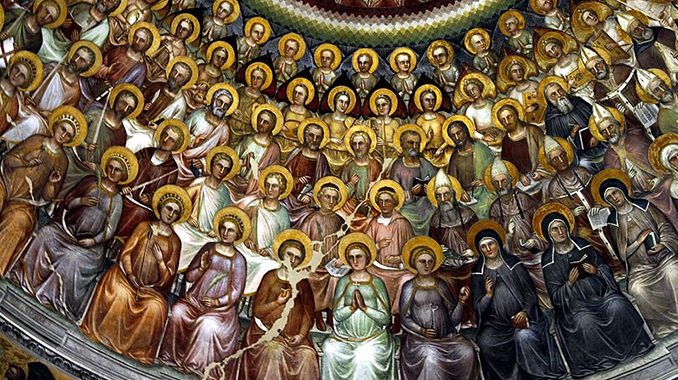
The Catholic Catechism concisely describes this communion among believers, by which we are connected to Christ and thus to one another:
“Being more closely united to Christ, those who dwell in heaven fix the whole Church more firmly in holiness… They do not cease to intercede with the Father for us… So, by their fraternal concern, our weakness is greatly helped.”
“…as Christian communion among our fellow pilgrims brings us closer to Christ, so our communion with the saints joins us to Christ, from whom as from its fountain and head issues all grace and the life of the People of God itself. We worship Christ as God’s Son, we love the martyrs as the Lord’s disciples and imitators and rightly so, because of their matchless devotion towards their king and master. May we also be their companions and fellow disciples.” (CCC 956, 957)
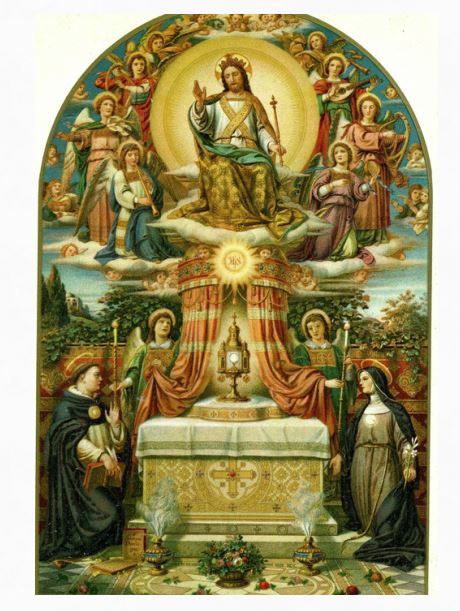
There are thousands of Canonised saints, that is, those individuals officially recognised by the Church as holy men and women worthy of our imitation. Because miracles have been associated with them and their lives have been fully examined and found holy by the Church, we have assurance they are prime examples of holiness and powerful intercessors before God on our behalf.
There are also many patron saints, guardians or protectors of different areas and states of life. For instance, St Vitus is the patron saint against oversleeping and St Joseph of Cupertino is the patron saint of air travellers. It may sound odd to have a patron saint “against oversleeping” but the Church has something meaningful for every area of our human lives.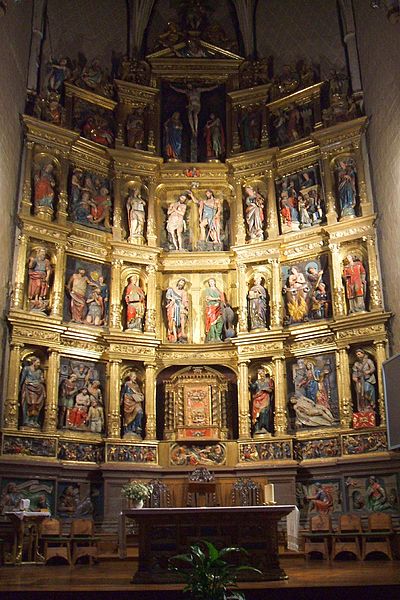
Christians have been officially honouring saints and martyrs since at least the second century. The Martyrdom of St Polycarp, probably written near the middle of the second century, attests to this reality:
Accordingly, we afterwards took up his bones, more precious than the most exquisite jewels and more pure than gold and deposited them in a fitting place, so that when being gathered together, as opportunity is allowed us, with joy and rejoicing, the Lord shall grant us to celebrate the anniversary of his martyrdom, both in memory of those who have already finished their course and for the exercising and preparation of those yet to walk in their steps (18).
Initially the calendars of saints and martyrs varied by location, with churches honouring local saints. However, gradually feast days became more universal. The first reference to a general feast celebrating all saints occurs in St Ephrem the Syrian (306-373). St John Chrysostom (347-407) assigned a day to the feast, the first Sunday after Pentecost, where in the Eastern Churches the feast is celebrated to this day.
The earliest certain observance of a feast in honour of all the saints is an early fourth-century commemoration of “all the martyrs.” In the early seventh century, after successive waves of invaders plundered the catacombs, Pope Boniface IV gathered up some 28 wagon-loads of bones and re-interred them beneath the Pantheon, a Roman temple dedicated to all the gods. The pope rededicated the shrine as a Christian church. According to Venerable Bede, the pope intended “that the memory of all the saints might in the future be honoured in the place which had formerly been dedicated to the worship not of gods but of demons” (On the Calculation of Time).
In the Roman Catholic Church, the next day, All Souls’ Day, specifically commemorates the departed faithful who have not yet been purified and reached heaven. Catholics celebrate All Saints’ Day and All Souls’ Day in the fundamental belief that there is a prayerful spiritual communion between those in the state of grace who have died and are either being purified in purgatory or are in heaven (the ‘church penitent’ and the ‘church triumphant’, respectively) and the ‘church militant’ who are the living.
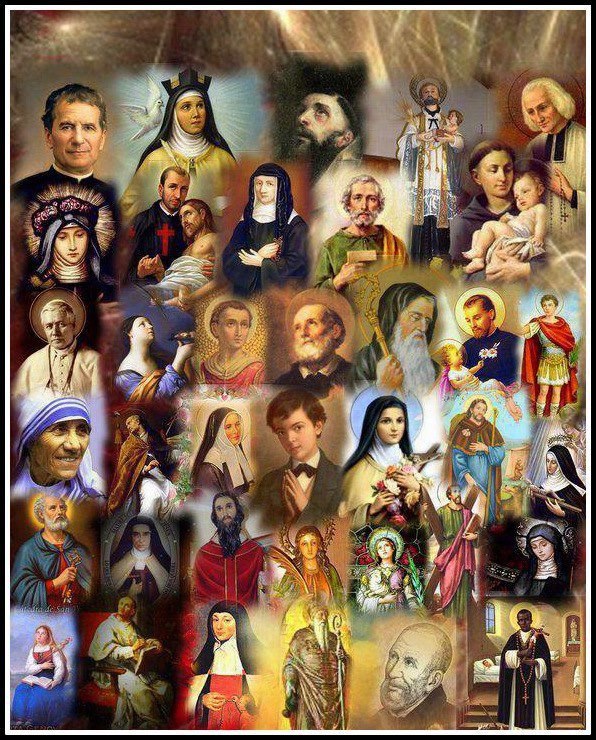
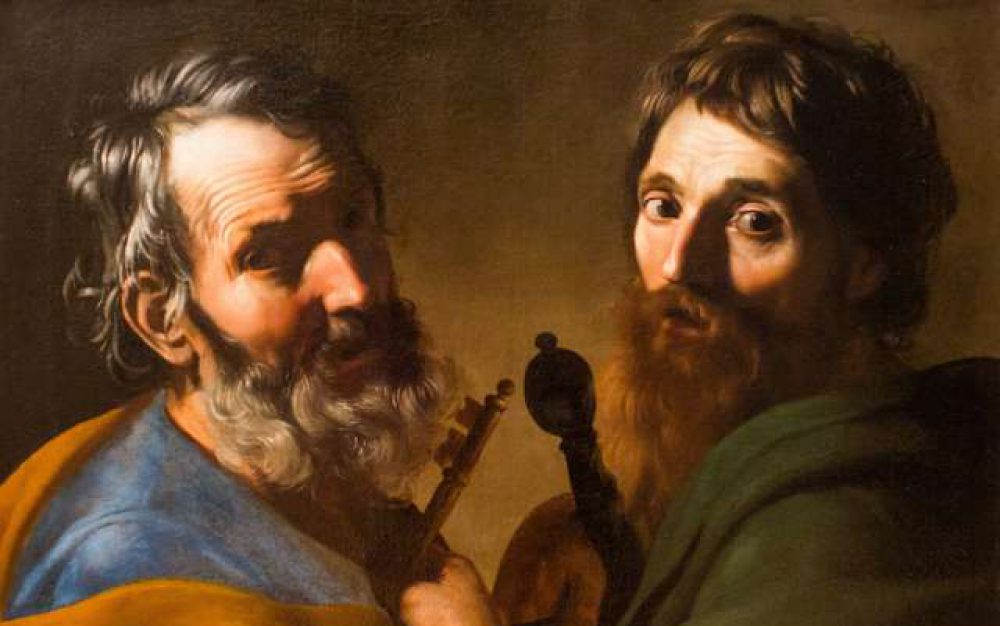
You must be logged in to post a comment.